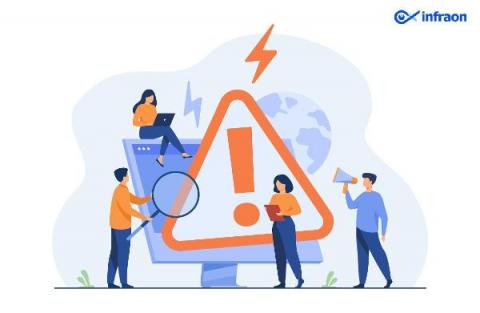Operations | Monitoring | ITSM | DevOps | Cloud
Incident Response
How to consolidate your incident response stack using PagerDuty
Blameless Announces New Opsgenie Integration to Help Engineers Simplify and Speed Incident Management Workflow
DataScan transforms incident response & business continuity tests
With more than $80 billion of loan collateral in its systems, DataScan is an industry leader in providing solutions for wholesale asset financing and inventory risk management. The company’s InfoSec leadership understood that they needed to take a whole new approach to incident response and to advance its security maturity. Having multiple tools for managing incidents and conducting business was translating into inefficiencies, prolonged resolutions, and stress.
Using AIOps for Better Adaptive Incident Management
An effective incident management strategy is crucial for any business, especially those offering consumer-facing digital services. This is because when incidents occur, they may be easily detected by your users, impact your reputation, and ultimately affect your bottom line. So, to minimize the reach and severity of incidents, your response needs to be swift and effective. One way to ensure your approach meets these requirements is to implement AIOps.
You'll forget everything during a cybersecurity incident - so have a plan
Playbooks: A new superpower for designers
From one designer to another, you should know why Playbooks is a fantastic addition to your design tool belt. Playbooks were designed with technical workflows in mind, from incident response to release management, but its flexibility makes it a perfect fit for any repeated process. I love it for creating reusable templates of design checklists and an excellent way to do design review sign-off.
PagerDuty Incident Workflows for Automated Incident Response Demo
How Automation Playbooks Double Down on the Value of SOARs
So you’ve set up a Security Orchestration, Automation and Response (SOAR) platform. You’re now ready to detect, respond to and remediate whichever threats cyberspace throws at you, right? Well, not necessarily. In order to deliver their maximum value, SOAR tools should be combined with playbooks, which can be used to drive SOAR systems and ensure that SOARs remediate threats as quickly as possible — in some cases, without even waiting on humans to respond.
How to implement a mature incident response strategy
In 2021, the Biden administration issued an executive order outlining that the government and private sector need to work together to combat cyberthreats and improve the nation’s collective cybersecurity stance. As cyberattacks become more common and more costly, the United States — like other nation-states — needs to do everything it can to prevent attacks and rapidly respond to them when they occur, which requires modernizing its approach to incident response.











